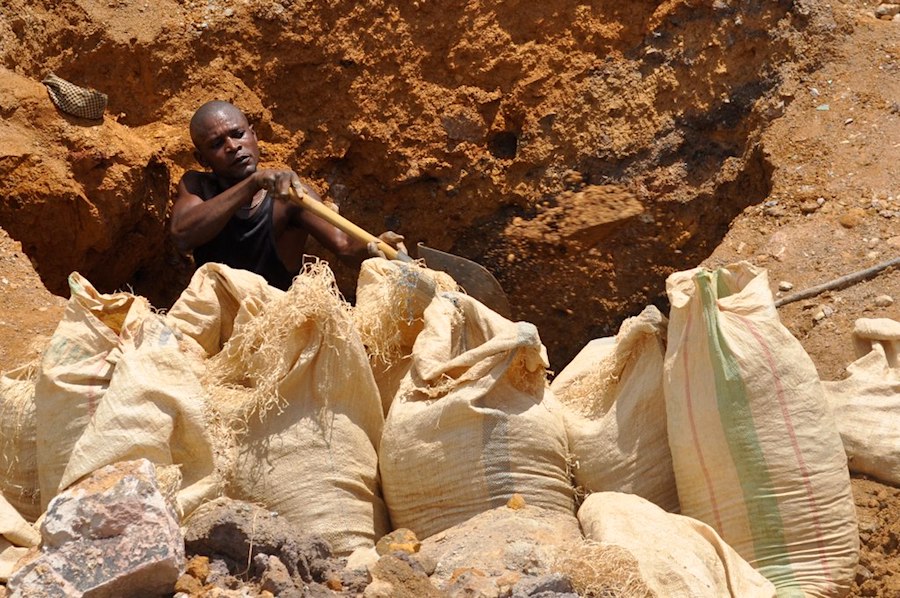Mexico’s proposed higher mining royalties could block nearly $7bn in investments
The Mexican government proposed raising mining royalties under the argument that metal prices have risen in recent years.

Rising mineral prices and the increasing difficulties to earn a living from agriculture, have led to an explosive growth in global artisanal and small-scale mining (ASM) in the last few years.
The activity is emerging as an significant socio-economic sector in a number of developing nations, to the point it has become a major of revenue for millions of people in about 80 countries worldwide — mostly in sub-Saharan Africa, Asia, Oceania, Central and South America — with more than 100 million people currently depending on ASM for their livelihoods.
But what are the exact costs of this activity? The folks at Moneypod have put together this infographic that reveals just that.

3 Comments
patentbs
The main reason most of these (mostly illegal) operations exist is that they do NOT have to deal with regulatory bodies. They are not regulated into spending money on non-productive activities like safety, health and environment or royalties. You can try to bring them together if you wish, but it will be wasted time and effort. They can make a living from abandoned workings that a regulated miner never could.
Kevin Telmer
The formal industrial mining sector was born out of the informal mining sector in the past and there is no reason that can’t happen again. Canada, the US, Australia, others formalised their artisanal gold mining sectors through provision of services such as transportation, communication, technical services, access to markets, and in particular capitalisation. That is history, which apparently, tends to repeat itself.
Today the Artisanal and Small Scale Gold Mining sector (ASGM) is a source of employment for 10-20 million miners in over 80 countries, almost all of them in the developing world. That is 90% of the global gold mining workforce. There are approximately 100 million women, men, and children that are economically supported by this industry, producing roughly 20% of the world’s gold. ASGM is a huge vector for transferring wealth from the rich to the poor. As such the sector is broadly recognized by international development agencies as an important livelihood and development opportunity for the poor. It is not something to eliminate but rather to professionalize.
However, the sector is often informal and is also estimated to be the largest source of global mercury pollution in the world, estimated as accounting for over a third of global anthropogenic emissions. In addition to being a source of global mercury pollution, ASGM can result in other negative environmental impacts such as deforestation and biodiversity loss and it is often associated with child labor, other human rights violations and can be a driver for reduced environmental security, sometimes being linked to armed conflicts over access to mineral reserves.
But ASGM’s important role as a source of livelihood to millions of rural poor communities make any solutions inseparable from the larger development agenda and socioeconomic considerations. This is the consensus viewpoint of development and international agencies and the premise underlying the direction of the UN Minamata Convention’s Article 7 on ASGM.
We need to stop seeing just the problems and start contributing to helping to professionalize the sector and to help it maximize its role in human development – like those gold rushes of yore.
Andres Recalde
From the positive side. Countries like Peru share a tradition combining agriculture and mining to enhance livelihood. Agriculture activities are combined with small artisanal mining activities. Since it is part of their own endowed land there is not suppose to be a problem. But then problems arise when regulators try to enforce large scale mining parameters to these small mining activities. The most frequent result is informality. To compose this problem is the existence of mining concession systems arranged aiming to large scale operations.
It is not possible (or logical) to neglect impoverish sectors to recur to small mining to enhance their livelihood. It then requires creativity and adaptation to align small mining to reach an acceptable level as an economic activity.
As proof of their evolution, next year we will see mature small scale mining groups coming to PDAC and other relevant events.